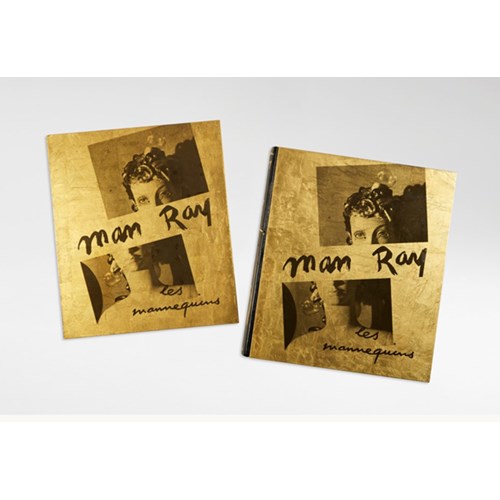Marketplace
The Seamstress (La Couturière)
Georges Lemmen
The Seamstress (La Couturière)
Date 1900
Epoque 1850-1900, 19th century
Origine Belgium
Medium Charcoal, Pencil on paper
Dimension 24.5 x 34.8 cm (9⁵/₈ x 13³/₄ inches)
This drawing is related to the painting with the same title, in the collection of the Musée d'Ixelles, Brussels.
At the end of 1888 Georges Lemmen becomes a member of Les XX, a Brussels-based association of avant-garde artists that organizes exhibitions that also include work from like-minded foreign colleagues like Van Gogh, Signac, Toulouse-Lautrec, Gauguin, Pissarro and Seurat. As the case with Theo Van Rysselberghe and Henry van de Velde, Lemmen also becomes strongly influenced by neo-impressionism. Not only in his paintings, but also in his drawings which often have his immediate surroundings as subject, particularly women in interior settings. From 1895 on, his working method becomes freer and more spontaneous, something attributable to influence of Les Nabis (mainly Vuillard). In his earlier drawings, as well, he is not just a mere votary of Seurat. With Lemmen, the contrasts between light and dark are ‘softer and more distributed around the whole of the composition’ (Roger Cardon, Georges Lemmen 1865-1916). In this portrait of his wife, the last traces of Seurat’s influence disappear. Here Lemmen does not aim for two-dimensional effect, the figure is separated from back- and foreground, the light flows naturally. The artist has discovered a less ‘scientific’ approach, one that better fits with his intimist universe, his familial micro-cosmos. It comes as no surprise that he also took up this motif in painting and in lithograph. It mirrors his personality: ‘his meditative, quiet and discrete nature; his particular attention to the secret life of the people and things around him and for the essential and enduring qualities that they hide deep within; (…) his overriding need to ultimately keep his work removed from his own anxieties and torments’. (Roger Cardon) It has been said of Bonnard and Vuillard, that in their works ‘the world seems to hold its breath’. In the portraits of George Lemmen, too, one finds that rare moment imagined with great talent.
At the end of 1888 Georges Lemmen becomes a member of Les XX, a Brussels-based association of avant-garde artists that organizes exhibitions that also include work from like-minded foreign colleagues like Van Gogh, Signac, Toulouse-Lautrec, Gauguin, Pissarro and Seurat. As the case with Theo Van Rysselberghe and Henry van de Velde, Lemmen also becomes strongly influenced by neo-impressionism. Not only in his paintings, but also in his drawings which often have his immediate surroundings as subject, particularly women in interior settings. From 1895 on, his working method becomes freer and more spontaneous, something attributable to influence of Les Nabis (mainly Vuillard). In his earlier drawings, as well, he is not just a mere votary of Seurat. With Lemmen, the contrasts between light and dark are ‘softer and more distributed around the whole of the composition’ (Roger Cardon, Georges Lemmen 1865-1916). In this portrait of his wife, the last traces of Seurat’s influence disappear. Here Lemmen does not aim for two-dimensional effect, the figure is separated from back- and foreground, the light flows naturally. The artist has discovered a less ‘scientific’ approach, one that better fits with his intimist universe, his familial micro-cosmos. It comes as no surprise that he also took up this motif in painting and in lithograph. It mirrors his personality: ‘his meditative, quiet and discrete nature; his particular attention to the secret life of the people and things around him and for the essential and enduring qualities that they hide deep within; (…) his overriding need to ultimately keep his work removed from his own anxieties and torments’. (Roger Cardon) It has been said of Bonnard and Vuillard, that in their works ‘the world seems to hold its breath’. In the portraits of George Lemmen, too, one finds that rare moment imagined with great talent.
Date: 1900
Epoque: 1850-1900, 19th century
Origine: Belgium
Medium: Charcoal, Pencil on paper
Signature: Signed and dated lower left, and stamped with the artist's estate stamp lower right.
Dimension: 24.5 x 34.8 cm (9⁵/₈ x 13³/₄ inches)
Provenance: Georges Lemmen estate, Brussels
Frederick Barker, Chicago
Plus d'œuvres d'art de la Galerie


, 1900_T638501860885150229.jpg?width=2000&height=2000&mode=max&scale=both&qlt=90)






